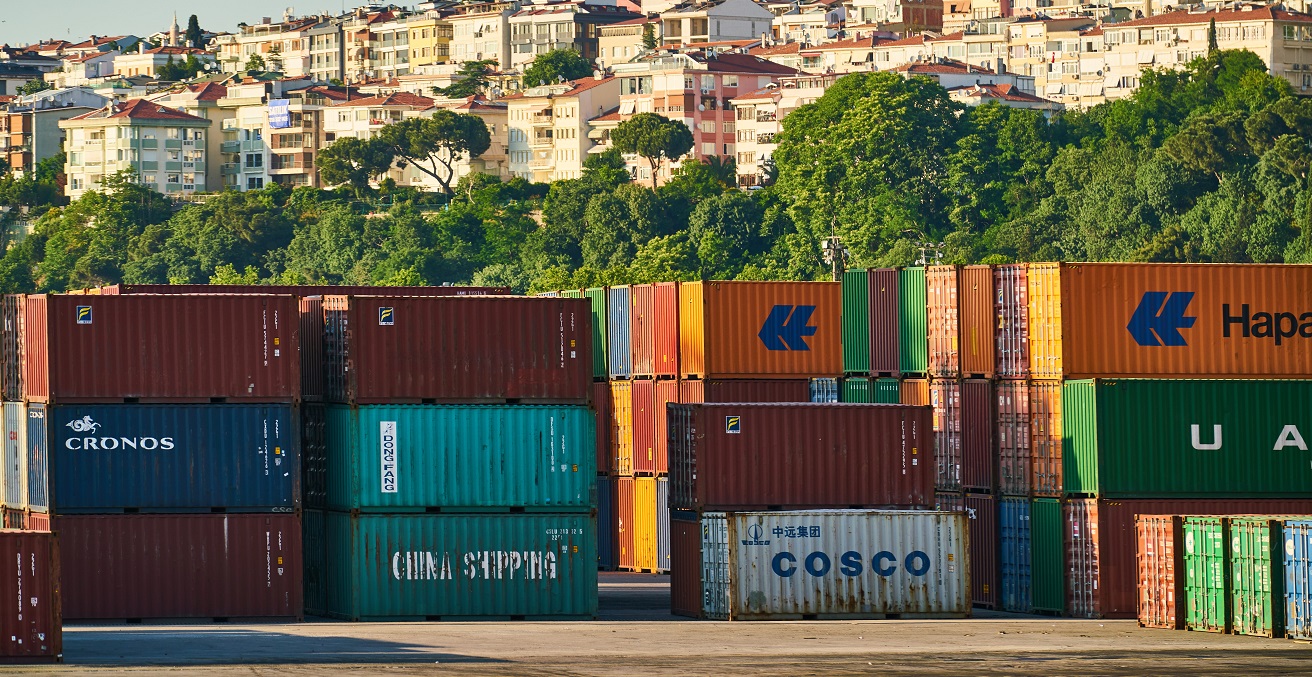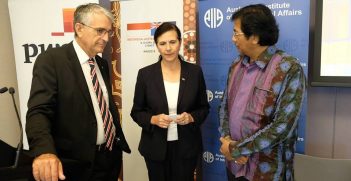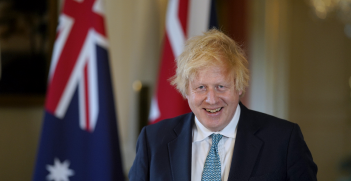China Unleashes Brutal Wolf-Warrior Diplomacy on Australia

The Australian-Chinese relationship is looking more strained than ever in 2020. Australia’s exports are at risk over a trade war with China as Australia promotes investigation into the origins of the COVID-19 pandemic.
Diplomacy, according to American writer, Robin Hobb, is “the velvet glove that cloaks the fist of power.” China, over the past decade, has spent $10 billion promoting “soft power” in the world which focuses on gaining cooperation through economic aid. In Australia, this included proliferating Confucius Institutes at Australian universities and monetary deals with Australian media to promote a positive China image.
However, along with China outstripping Japan’s GDP in 2010 to become the world’s second largest economy, its foreign policy also became sophisticated and aggressive, contrary to Deng Xiaoping’s “keep a low profile” foreign policy of the 1980s which involved a bid to make China great again by opening its borders. On this basis, prominent Chinese analysts began campaigning for China to discard its long-held victim mentality and to instead embrace a “great-power mentality.”
Accordingly, the tone of the Chinese Foreign Ministry has become increasingly vociferous, most recently exhibited in actions against the US, Australia, Canada, and UK, among others. Late in 2019, Chinese ambassadors were instructed to forcefully defend the Chinese government against international criticism, in a new approach to diplomacy named “wolf-warrior diplomacy.” Named after a movie in which China trumps white mercenaries, this conceptualisation of diplomacy was in apparent harmony with soaring nationalism within China as it supported the idealisms of Chinamen being the heroes for once instead of bowing down to Western forces.
Thus, since December 2019, Chinese diplomats have coordinated a campaign celebrating President Xi Jinping and threatening “counter-measures” against accusations of foreign governments. This was witnessed especially with regard to China’s initial botched handling of the COVID-19 outbreak and the subsequent coverup.
The relationship between Australia and China in particular had been souring for years over policy disputes. Tension inevitably skyrocketed when Australian Prime Minister Scott Morrison, in April 2020, defended the “entirely reasonable and sensible” call for an international investigation into the origins of COVID-19 in China. On the heels of this statement, Chinese Ambassador to Australia threatened possible ramifications.
The focus of the threat was ominous to the world’s most China-reliant developed economy. According to Australia’s Department of Foreign Affairs and Trade, China is Australia’s largest export market since 2016, buying up 32.6 percent of Australia’s exports. Beef and sheep meat, wool, wine, and barley are five Australian products that earn over $1 billion from Chinese trade each year. Rabobank analyst Tim Hunt said, “Almost one in three export dollars to the (agriculture) industry is earned from China and we haven’t been that reliant on one market since 1958, and that country was the UK and the political relationship was pretty different.” As China made good on its threat, trade sanctions were slapped on barley and beef exports without delay.
The first victim of China’s retaliation was Australia’s barley exports, 70 percent of which was, until recently, exported to China. In May, China imposed a crippling 80.5 percent tariff on Australian barley, pricing it out of the market. Swiftly thereon, China suspended beef imports from four of Australia’s largest meat processors, which, according to Patrick Hutchinson, chief executive of the Australian Meat Industry Council, comprise around 20 percent of Australian beef exports to China. This was an especially drastic measure considering Australia was China’s third largest beef supplier in 2019, after Brazil and Argentina.
Trade Minister Simon Birmingham, referring to maintaining business during uncertain times, said “[t]housands of jobs relate to these meat processing facilities. Many more farmers rely upon them in terms of selling cattle into those facilities.” It is a staggering blow to the industry to lose the patronage of one of the most densely populated countries in the world.
The third Australian industry subject to attack was wine. In 2019, China imported 39 percent of Australia’s total wine exports, valued at $850 million. In August 2020, China’s Ministry of Commerce said it would investigate if Australian winemakers “dumped” bottles of wine at deliberately low prices for a bigger market share. As part of the investigation, the China Alcoholic Drinks Association (CADA) sent a written request to authorities for retrospective tariffs on Australian wine imports.
Now Australia’s lobster exporters fear they are next to suffer from China’s wrath. China imports 95 percent of Australia’s $750 million lobster exports. Recently, tons of live Australian lobsters which were unlikely to survive over 48 hours were stranded at a Chinese airport amid custom clearance issues.
Furthermore, there is anticipation that Beijing will ban an extra $6 billion of export commodities, including timber and wheat, extending also to Australia’s copper and sugar exports. The respected Lloyd’s List maritime intelligence said China is expected to block Australian coal, copper ore, barley, timber, and sugar exports, even if importers have paid for them and they have arrived at their ports. According to commodity price reporting agencies, recently Beijing had given “verbal” instructions to some steel mills, power companies, and coal traders to stop importing Australian coal. Soon afterwards, several Chinese customers of Australian mining giant BHP deferred orders. China imports 55 percent of Australia’s 170 million tons of coal exports, in $23 billion worth of trade.
Richard McGregor, senior fellow at Lowy Institute, said “China seems determined to punish Australia and make it an example to other countries. [They] warned earlier this year that many of the goods that Australia exports were replaceable. Now they’re going about replacing them.” On top of these burgeoning trade losses, Australia faces an additional $28 billion loss of services exports. This will be particularly drastic if Chinese citizens abide by warnings to its citizens against travel to Australia, which will impede an Australian post-pandemic recovery in tourism and international education.
It is most unwelcome news to Australia, as it struggles to emerge from its first recession in 30 years. Unsurprisingly, a Lowy Institute survey shows 41 percent of Australians see China more as a security threat than an economic partner.
Australian Strategic Policy Institute’s Michael Shoebridge sees Australia’s agri-exports to China as “a relatively recent phenomenon,” and believes industries would remain internationally competitive without China. However, Associate Professor of Economics at Monash University He-Ling Shi has remarked while some goods could be sold in other markets, industries like international education would have a harder time shifting towards countries other than China.
Malcolm Davis of the Australian Strategic Policy Institute said, “China is a rising, assertive, would-be hegemon that’s seeking to overturn the world order. Australia has now realized it has to do its bit to stop that from happening.” While they are fighting against the encroaching monopolisation of China, Australia will have to survive the current trade war with one of their largest trade partners and become more self-sustaining. Not only is China making it increasingly hard for Australia to recover from their boycott, they are making an example of them for the world to see what happens when you don’t play nice with China.
Anton Lucanus holds a BSc from the University of Western Australia and is the Founder of Neliti, Indonesia’s largest digital library with over 200,000 publications and 3 million monthly website visitors. Anton is a past recipient of the AIIA’s Euan Crone Scholarship.
This article is published under a Creative Commons Licence, and may be republished with attribution.





